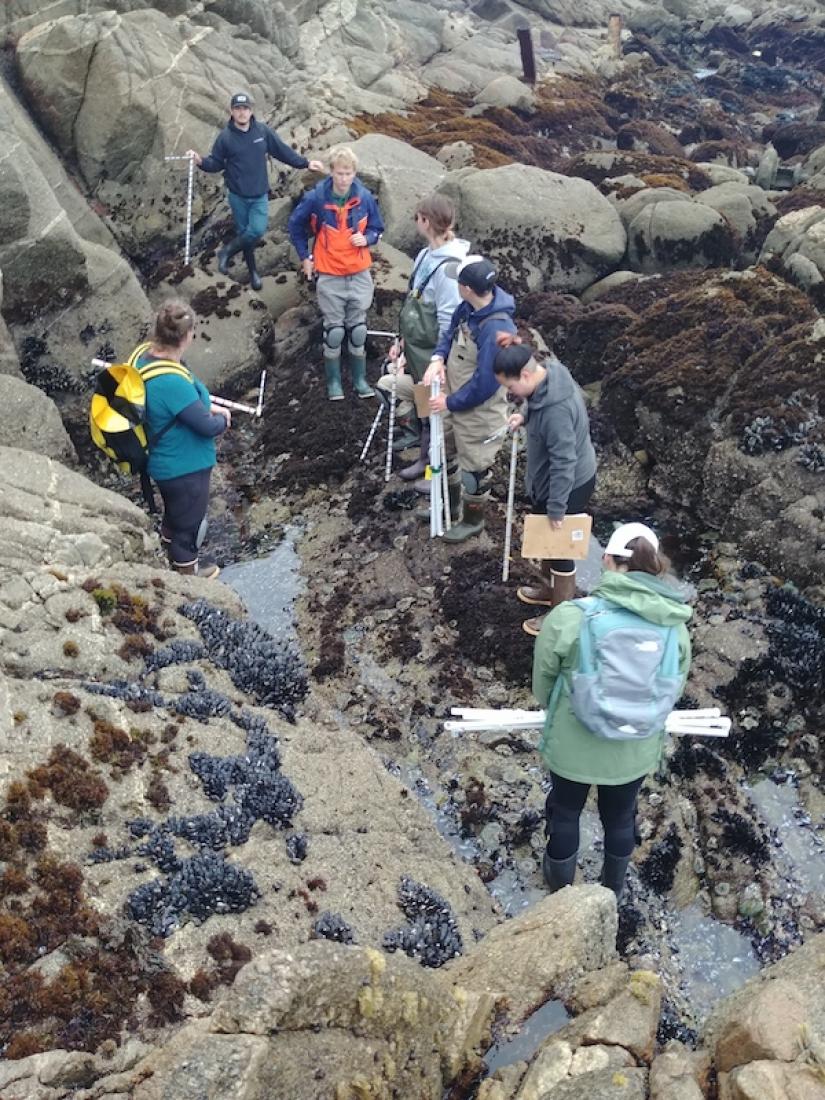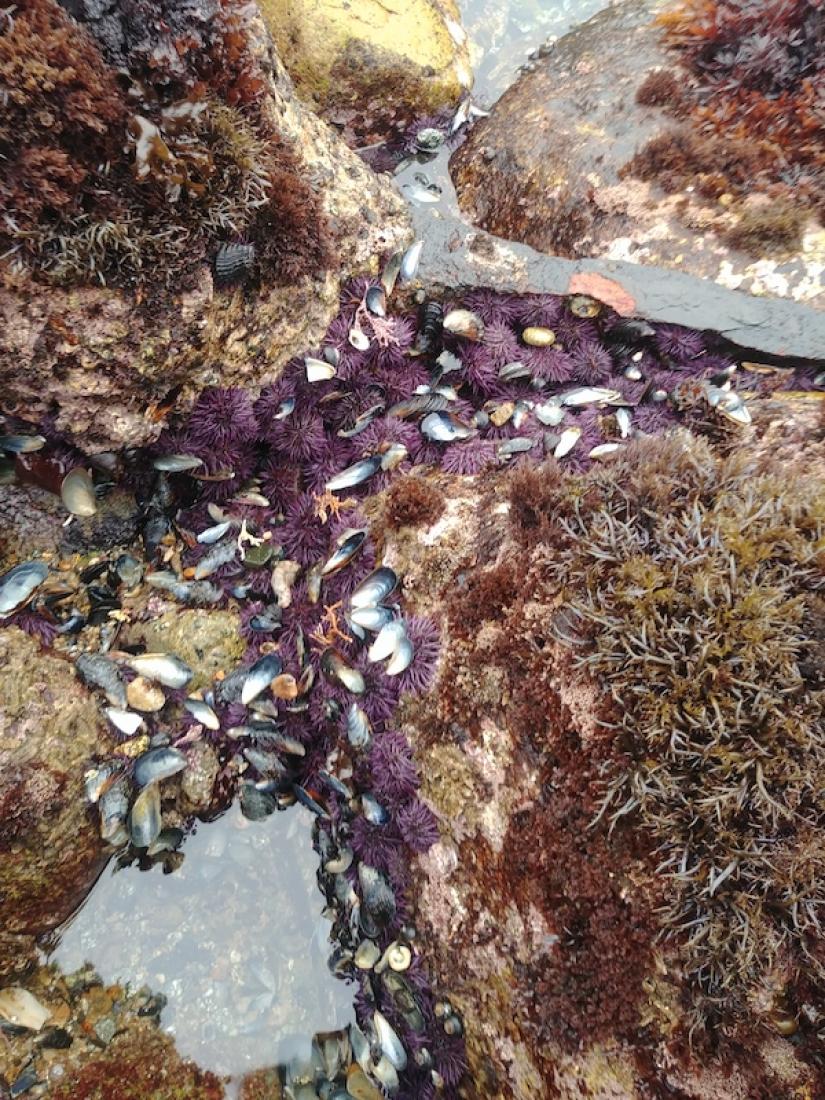For restoration efforts to be effective and to prioritize spatial areas most likely to be successful, managers and policy makers need complete information especially about herbivores like urchins that can precipitate large scale changes in kelp abundance.
This project will examine the reproductive potential of intertidal and subtidal purple sea urchin populations, helping to determine potential reproductive sources of sea urchins that may play a role in maintaining urchin barrens. Investigators will also assess spatial patterns in kelp and sea urchin recruitment by collecting larvae at a variety of central and north coast sites, including sites where purple urchin removal is currently being conducted.
Effective restoration and recovery of kelp requires spatial prioritization of areas that are most likely to be successful. By building a better understanding of urchin reproduction, the researchers will be able to inform the selection of restoration sites that have the greatest potential for success.
In addition to providing results to resource managers, the researchers plan to create
educational modules for high school and college courses.

